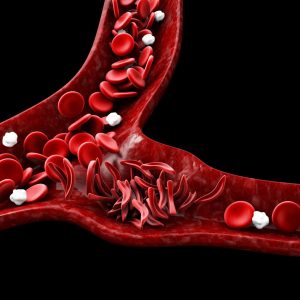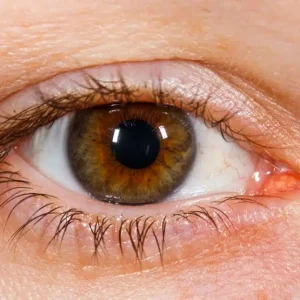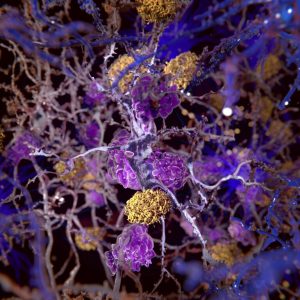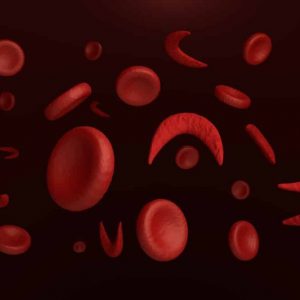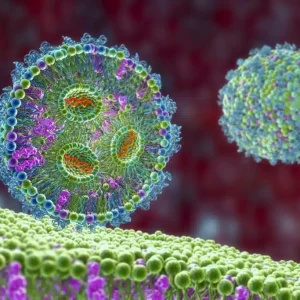Oligonucleotides
What Is Oligonucleotide Drug Development?
Oligonucleotide drug development refers to the process of designing, synthesizing, and testing therapeutic drugs based on oligonucleotides, which are short sequences of nucleotides (the building blocks of DNA and RNA). These drugs are designed to target specific genes or gene products, making them a promising class of therapeutics for various diseases, including genetic disorders, cancer, and viral infections. Bioanalysis plays a crucial role in the development of oligonucleotide drugs by providing tools and techniques to characterize and quantify these molecules in biological samples.

Here's How the Process Typically Unfolds:
QPS excels in advancing cell and gene therapy research with precision technology, custom-built quantitation methods, and proven oligonucleotide quantitation. We have supported gene therapy development since 2002 and can use that experience to help you navigate PK, immunogenicity, biodistribution, viral clearance, and ADME of these novel molecules in this rapidly expanding field. QPS scientists are ready to work with you to determine specific study parameters and provide complete, fully compliant data packages and reports, ready for submission.
Design and Synthesis:
The first step in oligonucleotide drug development is the design and chemical synthesis of the oligonucleotide sequence. This involves careful consideration of the target gene or messenger RNA that codes for a disease-related protein, followed by optimization of the oligonucleotide structure for stability and efficacy.
Characterization:
Analysis is employed to characterize the synthesized oligonucleotides. This includes assessing their purity, sequence confirmation, and structural integrity. Techniques such as mass spectrometry (MS), capillary electrophoresis (CE), and high-performance liquid chromatography (HPLC) are commonly used for these analyses.
In Vitro - Studies:
Before advancing to in vivo studies, researchers conduct in vitro studies to evaluate the oligonucleotide's binding affinity, specificity, potential off-target effects, and potential drug interactions. Bioanalytical methods are employed to monitor the interaction between the oligonucleotide, its target, and downstream products, as well as any unintended interactions with other cellular components.
Pharmacokinetics and Pharmacodynamics (PK/PD) Studies:
In vivo studies involve assessing the pharmacokinetics (PK) and pharmacodynamics (PD) of the oligonucleotide drug. Bioanalytical methods are crucial for measuring the concentration of the oligonucleotide and metabolites in biological matrices like blood, plasma, or tissue samples over time. Techniques such as quantitative polymerase chain reaction (qPCR), hybridization enzyme-linked immunosorbent assay (hELISA), and LC-MS assays may be used for these measurements.
Toxicology Studies:
Bioanalysis also plays a role in toxicology studies to evaluate the safety of the oligonucleotide drug. Monitoring the exposure, dose response, distribution, and potential accumulation of the oligonucleotide in various organs and tissues is essential for assessing potential toxicity.
Clinical Trials:
As the oligonucleotide drug progresses to clinical trials, bioanalytical methods are used to monitor its safety, efficacy, and pharmacokinetics in human subjects. These methods must be highly sensitive and specific to accurately quantify low concentrations of the oligonucleotide in complex biological matrices.
In summary, bioanalysis is integral to every stage of oligonucleotide drug development, from initial characterization to preclinical and clinical studies. Accurate and reliable bioanalytical methods are crucial for ensuring the safety and effectiveness of these promising therapeutic agents.
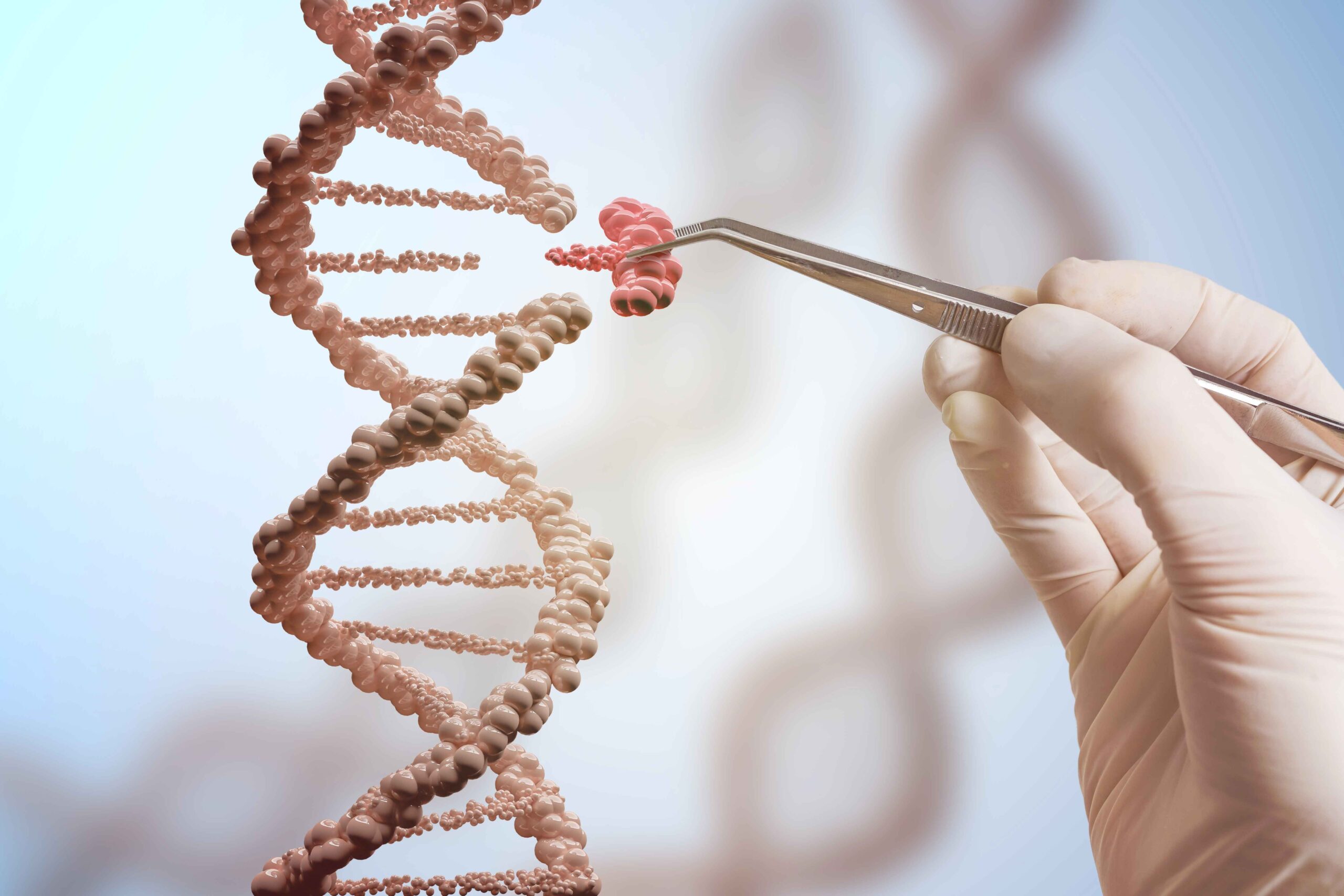
Oligonucleotides Quantitation By Hybridization Plus Ligand Binding
Depending on the nature of the oligonucleotide therapy, we may instead employ a probe-hybridization followed by ligand binding with ELISA using colorimetric, fluorescent, chemiluminescent detection as well as Gyrolab®, and MSD® approach. We found the hybridization-MSD approach particularly useful for ocular indication where we have developed and validated multiple “single mixed-matrices” assays to quantitate oligonucleotides in all the target tissues.


